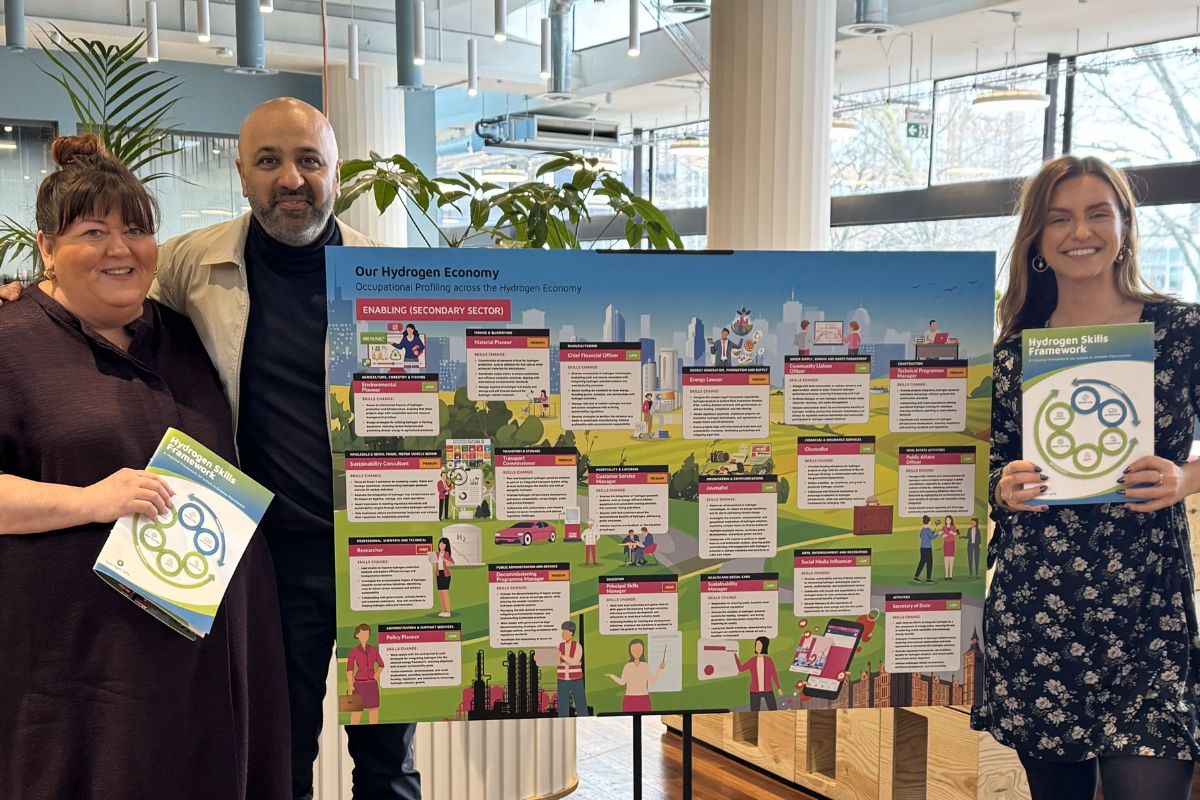Project theory for lay folk

Andrew Davies‘ paperback Projects – A Very Short Introduction (2017) holds an interesting collection of cases stretching across numerous years of human endeavour, consider the Great Wall of China, the government-funded, 360-mile Erie Canal, NASA’s Space Shuttle program, or Australia’s impressive Sydney Opera House, albeit at $102 million, 1400 per cent over budget.
The government-led Manhattan Project aimed to bring the Second World War to an end more quickly than alternative ways. 130,000 managers, scientists, and others worked under a heavy blanket of secrecy and a $2 billion budget to supply uranium and plutonium explosives alongside the bombs’ design. The world’s first atomic bomb was tested near Albuquerque in New Mexico on 16 July 1945. Was this the week Japan’s high command might have been asked to witness the devastating results of such a test before mulling over the country’s unconditional surrender?
Unsurprisingly, this professional discipline has – like physics and civil engineering – evolved its own theory and jargon, as where a project is defined as a ‘temporary organization to achieve a specified goal’, a unique, one-off outcome, usually constrained by cost, time, and quality. By the 1970s, a systems approach to project management promoted standardized guidelines, concurrent working, processes, and bodies of knowledge which were ‘universally applicable’. But what if this theory doesn’t align neatly with the situation under review? Are schools, manufacturing conglomerates, or poverty-stricken suburbs ‘systems’ requiring rational solutions to agreed goals? Or do they rank as what has been named ‘wicked problems’ in academia? What if project managers are very different in terms of experience, attitude towards caution, and creativity – do the interactions between specific individuals matter much more than neatly sketched hierarchies and diplomas in project management?
Yes, the book’s jargon encourages action. Managers should adopt concurrent working, new parallel processes rather sequentially through the steps design-test-production. However, this advice seems to have been in practice during the earlier construction of the Erie Canal, work divided into ‘three sections with engineers and contractors assigned to each’ (p25) and ‘many innovations were developed by workers with the least training’ (p29). Hardly groundbreaking philosophy 200 years later, though the early pioneers deserve our applause. By the 1970s, a systems approach offered standardized guidelines, processes and bodies of knowledge which were ‘universally applicable’ to all projects, later overtaken by contingency theory advocating teams work with constantly shifting membership and pursue moving targets, coordinated by mutual adjustment to keep plans flexible. But won’t membership and outlooks change not necessarily ‘constantly’ but according to how a project is perceived and discussed by participants caught up in particular circumstances? For instance, if the team lacks the purchasing power of Ford or ASDA, will some delays have to be accepted as painful yet unavoidable, no matter how many urgent pleas are made by smartphone? We’re flexible because we haven’t much got choice about it! Even those who do enjoy an impressive budget might step warily (and welcome critical feedback) before agreeing to launch the project: Is this mission feasible? How do we discuss this question?
Tony Blair apparently knew little about computers and expressed scant curiosity over the cost of his grandiose IT project NPfIT – the NHS National Programme for Information Technology, whose aim was a single electronic system for storing patient records, thus accessible by 30,000 GPs. Back in 2002 this was the world’s ‘biggest civil information technology programme’ (1), and also, in the absence of awkward questions from those who might have asked awkward questions, a ‘mess waiting to happen’. Less than 20 of the hoped-for 155 administration systems were ready in 2007, yet Blair, Reid, et al argued the programme as a whole (scrapped 2012) was worthwhile. Critics warned that the lucky NHS units were those which had not taken the new, error-prone system onboard.
This isn’t a rude rebuke of project professionalism in politics – in practice, the same issue (of hell being available via the idiosyncrasies of human relationships in a changeful environment) might pop up in teaching, the media, or defence management. More cheerfully, in the book’s closing page, there’s a nudge towards a future where employees can think creatively about their work and personal ambitions as projects – and ‘play with problems’. Sounds good if your open-minded boss doesn’t object, but what version of the discipline’s theory will steer this incipient idea to become operational?
By Neil Richardson, Kirkheaton
1 The Blunders of Our Government, Andrew King & Ivor Crewe,
One World paperback 2014











Responses